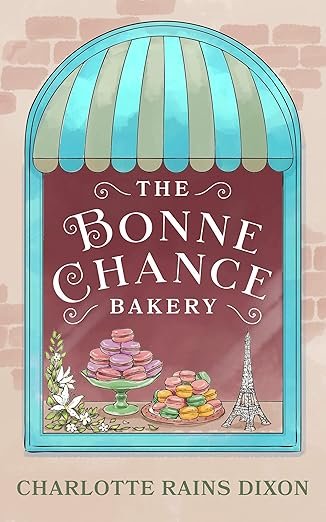Chunking It Down
You know the old question, how do you eat an elephant? And the answer is, one bite at a time. Well, this post is sort of like that. Because we're going to talk, you and I, about how you write, which is somewhat like how you eat an elephant: you write one chunk at a time. 
I did a whole piece on this in my recently concluded Writing Book Proposals That Succeed teleclass (which, by the way, I'll be repeating in the fall), and it turned out to be one of the most helpful sessions, according to class attendees.
The Tiny Picture Frame
Anne Lamott, in her class book Bird by Bird, writes about how she keeps a small empty picture frame next to her computer. And then when she needs reminding, she holds the frame in front of her monitor and peers through it. This reminds her that all she has to focus on is that one little tiny bit of writing. A word, a sentence, a paragraph. Bit by bit, chunk by chunk, you focus on one little bit at a time. And soon you have finished the entire thing.
A Vague Outline
One thing that will help you utilize this process is an outline. It can be vague, or even detailed if that is how your brain works. It can be as simple as a main topic with several sub-topics, or a main topic with questions for sub-topics. Or just a simple list. Whatever works for you. But do write something up, however loose, because we're going to use it in the next step.
The Beauty of Prompts
I know, love 'em or hate 'em. Doesn't matter how you feel about them, give this process a try. Instead of using a prompt that someone else has written for you, you're going to write your own. And yes, you smart ones have figured it out already. You're going to use you topic heads and sub-heads as your prompt. Focus on one topic at a time. You can set a timer and free write or do it however you want. But stick to the subject as much as possible and write. As you're writing, keep a list of things that occur to you that you want to write more about or research more about. Voila, new prompts
Cut and Paste
Once you've come to the end of your vague outline, you can now put things in order. Pile them up. Sometimes I label a separate piece of paper with each topic and pile everything related there, then cut and paste them back together. Go through and write transitional material and hey, you've got a rough draft.
The Fictional Way
Fiction does not lend itself quite so easily to topics and sub-topics, obviously. But you can still use the chunking process. Just remind yourself that all you have to stay focused on is the scene at hand. Build it word by word, sentence by sentence, paragraph by paragraph. And then one day you will look up and say, Hark! I've written myself a novel!
What methods do you use to get your words out of your brain and onto the page? Have you used the chunking method?
*Don't forget to sign up for my mailing list, which is the best way to keep up on class announcements and so forth. I also write brilliant articles for it. And you get a nifty free Ebook on creating Vision Boards when you sign up. All you have to do is add your name and email to the from to the right.
**Also don't forget that the price of my Get Your Writing in Gear one-hour Kick Your Butt sessions are going up at the end of the summer. You can book now (or book for a friend or family member or for a gift) and use it any time. Check out all the details here.
Photo by xandent, from Morgue File.

Zan Marie
Wonderful list of possiblities and attacks, Charlotte. I’m more of the vague list/whatever lands in the front of my mind type. I’ll admit, Anne Lamott’s tiny picture frame works too.
Charlotte Dixon
Well, I definitely fall in on the vague list team. If I get too detailed, it takes all the joy of discovery out of it.